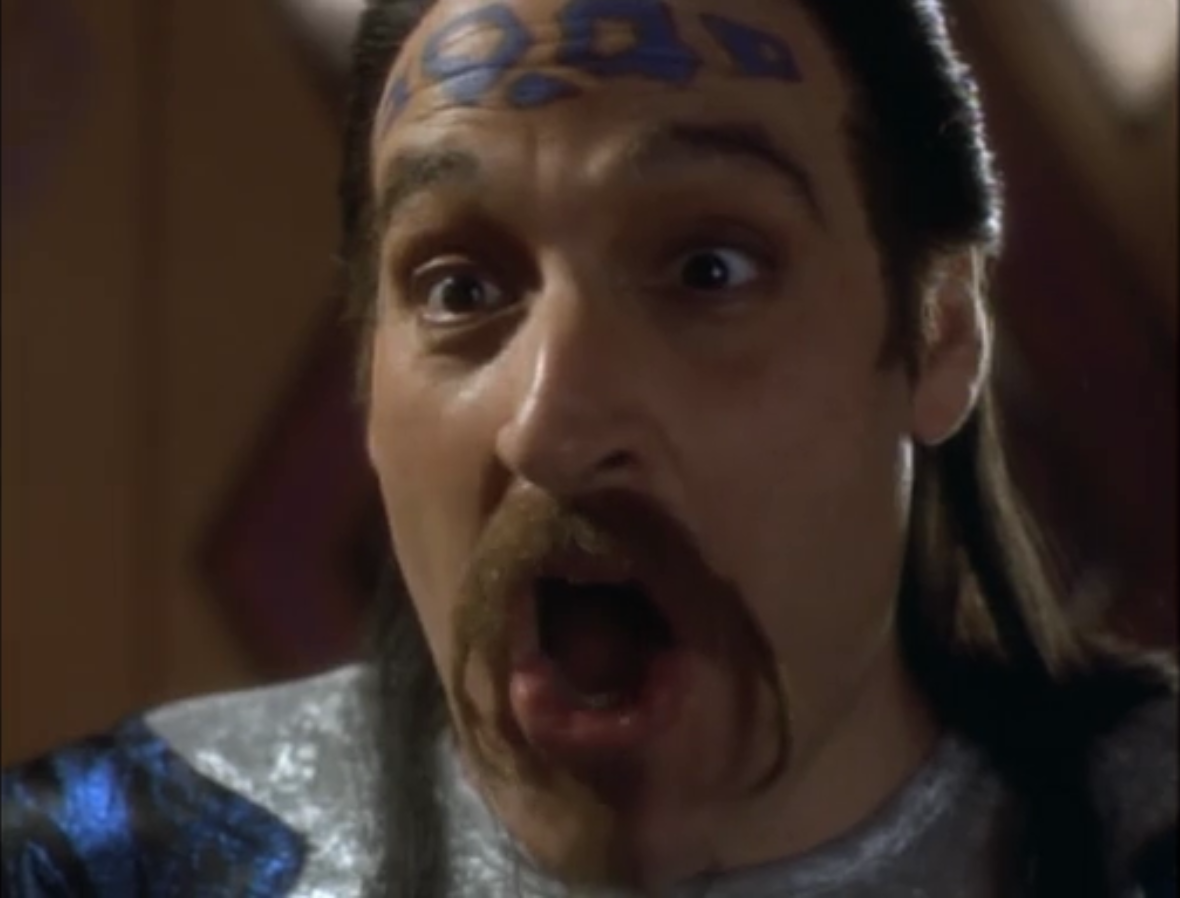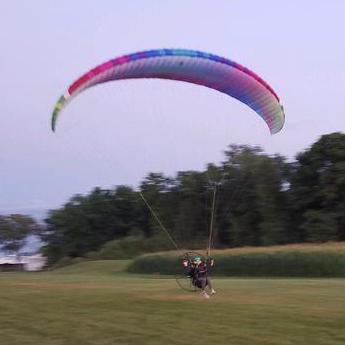- cross-posted to:
- [email protected]
- cross-posted to:
- [email protected]
There is a discussion on Hacker News, but feel free to comment here as well.
There’s a lot of intersections, especially in downtown/urban areas, that I agree really shouldn’t have rights on red. Visibility is just too poor.
At the same time, most suburban intersections are fine to allow turn on reds, especially when designed with dedicated slip lanes and high visibility. It’s something that civil engineers should be taking care of, not the legislature.
Functionally, I don’t think it would work unless every state adopted the ban.
But I think it’s a good idea. When I used to bike and go running (on the right side of the road) there were so many times people would pull up to a red light, look left, then go without ever looking in the new direction they were now traveling in.
Is right turn in red what it sounds like?
If you are at a full and complete stop at the line in the furthest right lane you can indicate your turn, check for and yield to all other traffic (including pedestrians), and make a right turn while the light is red. You don’t have to wait for a green light when a right turn can be made safely unless a “no turn on red” sign is posted.
The catch is that when making the turn the only people who have less right of way are pretty much folks backing out of their driveways. That’s hyperbole, but you get the picture. One should use extra caution when turning right on red because if there is an accident you will probably be considered at fault.
Wow. That’s crazy. I guess we have something a bit similar in the UK. A lot of lights will have an extra light with an arrow to go left, which will turn green before the main light.
I mean, it’s not all that crazy. It’s the same end result as the extra light just using the driver’s judgement instead of a more complicated traffic control system: when there is little traffic drivers don’t have to wait to make a turn that doesn’t cross lanes.
There are around 300,000 traffic lights in the US. Dome of them do have arrow signals similar to what you described but it is not the norm. With a road system as large as the one in the US it’s more practical to have the turn on red policy by default and only install explicit turn arrow lights and “no turn on red” signs at intersections that need them.
This is the best summary I could come up with:
A dramatic rise in accidents killing or injuring pedestrians and bicyclists has led to a myriad of policy and infrastructure changes, but moves to ban right on red have drawn some of the most intense sentiments on both sides.
But Jay Beeber, executive director for policy at the National Motorists Association, an advocacy organization for drivers, called it a “fallacy” to assume such blanket bans would make streets safer.
Concerned that cars idling at stop lights could compound an energy crisis, the U.S. government warned states in the 1970s that they could risk some federal funding should cities prohibit right on red, except in specific, clearly marked areas.
Priya Sarathy Jones, deputy executive director at the Fines and Fees Justice Center, is concerned penalties from right-on-red bans will fall disproportionately on lower-income drivers who have to drive to work because they can’t afford housing near public transit.
And in the Chicago area, any discussion of red light policy often conjures up memories of the region’s vilified red-light camera program, which spurred bribery charges against public officials accused of trying to influence the high-profit contracts.
“It generates a lot of money for the city, instead of our decisions being driven by safety strategies backed by evidence,” she said, suggesting that road infrastructure improvements would be a much more effective way to reduce accidents.
The original article contains 1,279 words, the summary contains 222 words. Saved 83%. I’m a bot and I’m open source!
Fuck that noise
Good!





